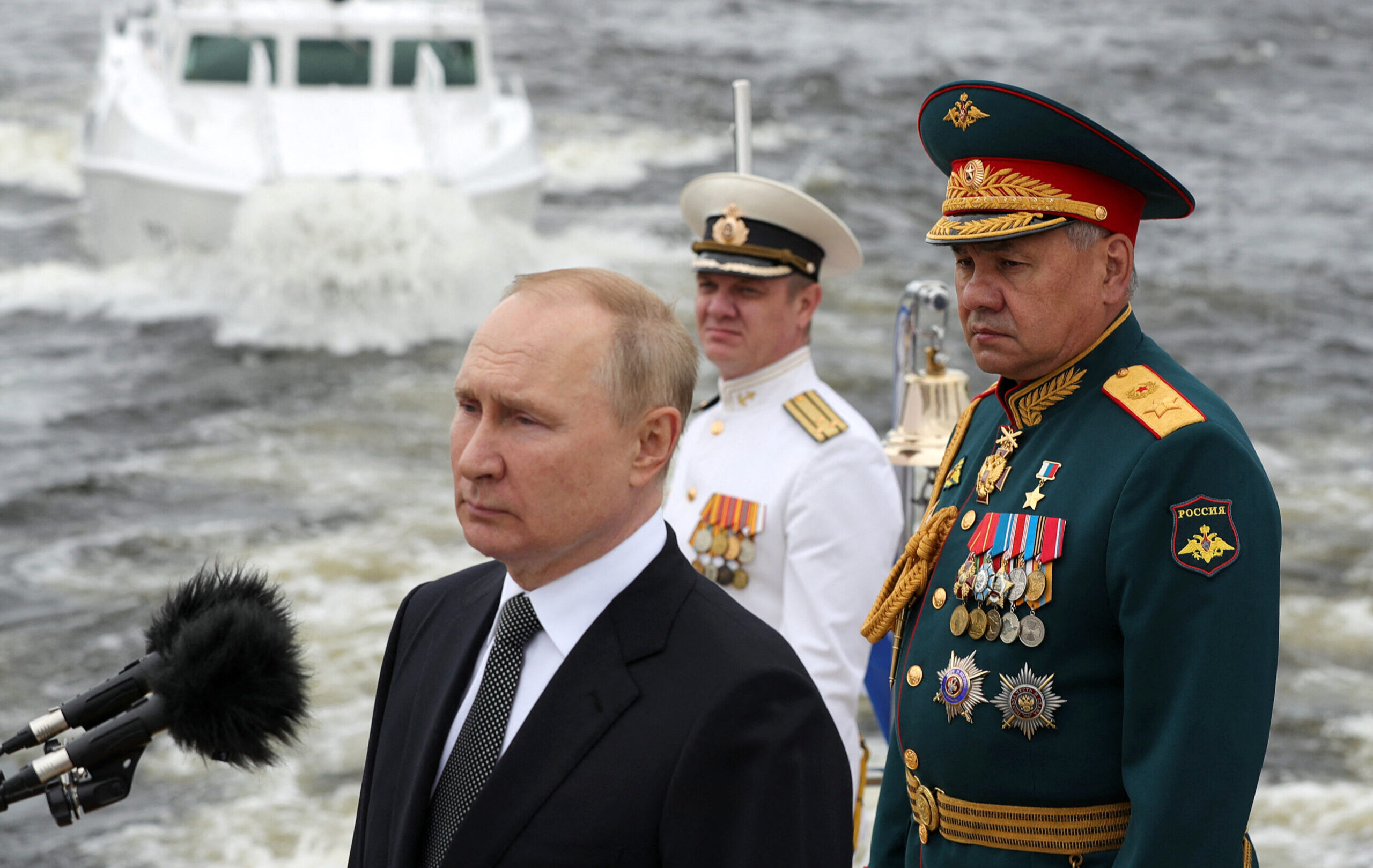Ukraine War Enters Year Two
As the Russian invasion enters year two, expect Russia’s structural advantages come to bear.

Friday marked one year since the Russian invasion of Ukraine began. For Ukraine and its supporters, the occasion is a double-edged sword: Ukraine has not yet surrendered, but, as the conflict lengthens, a Ukrainian victory ironically becomes less likely.
The cover of the latest issue of The American Conservative featured Ukrainian President Volodymyr Zelensky and his country's flag that discreetly fades into a Russian flag. The story that served as the inspiration for this cover, “Unwarranted Optimism” by Ted Galen Carpenter, explains that no matter how valiantly the Ukrainians may have fought up to this point, a protracted conflict ultimately works against them.
To drive his point home, Carpenter chooses an interesting historical analogue. Rather than compare the war in Ukraine with a more modern example in which the other side would have prevailed if the campaign did not become protracted, say the Nazi invasion of the Soviet Union in World War II, Carpenter compares the current conflict with the American Civil War, though he caveats his analysis by saying, “although no episode in world affairs ever fully replicates an earlier one.” Indeed, history tends to rhyme rather than repeat, but the comparison is oddly apt.
The piece is worth the read. Here’s a taste:
Subscribe Today
Get daily emails in your inbox
As America’s internecine conflict dragged into its third and then fourth year, the North’s inherent advantages became more significant. States remaining loyal to the Union were both more populous and industrialized than the states that joined the Confederacy. The North’s population in 1861 was 22 million, while the South had a mere 8 million people, nearly a third of whom were slaves. In addition, the North had a far more extensive railroad system to move troops and supplies. Such factors would ultimately translate into insurmountable military superiority.
During the early stages of the war, however, those advantages were neither obvious nor crucial. Confederate forces, with their more competent officer corps, were able to outgeneral and outmaneuver their adversaries and score major victories on the battlefield. That was true of the war’s first engagement at Manassas and especially true of the decisive Confederate victories at Fredericksburg in December 1862 and Chancellorsville in May 1863. Even the stalemate at Sharpsburg (Antietam) in September 1862 was viewed in the South as a Union setback and helped foster the illusion that the Confederacy would ultimately triumph.
Such is the case currently in Ukraine. Both the Ukrainian government and its western backers see the fact that Ukraine has fought Russia to somewhat of a stalemate, instead of getting steamrolled in a matter of weeks by the Russian military and forcing Ukraine to surrender part of its territory to Russia, as evidence that a Ukrainian victory is on the horizon. While Ukraine has fared better than Russian and U.S. expectations alike, fighting Russia to a stalemate is a low bar. Nevertheless, it has provided to Zelensky’s Ukraine and the pro-Ukrainian West so much confidence that these leaders talk as if a Ukrainian victory is a fait accompli.
But the conditions of a protracted stalemate ultimately favors Russia, much like the length of the American Civil War favored the Union. As the conflict enters its second year, expect these realities to become even more apparent. The only hope this writer has for this year is that as Ukraine weakens, the United States will respond with calls for peace talks, not Patriot missiles.